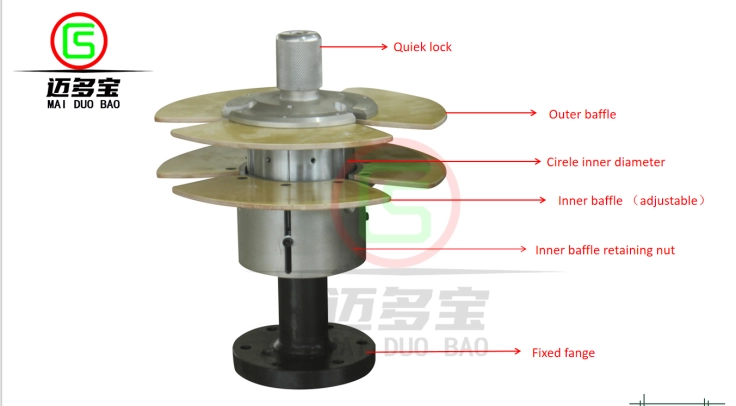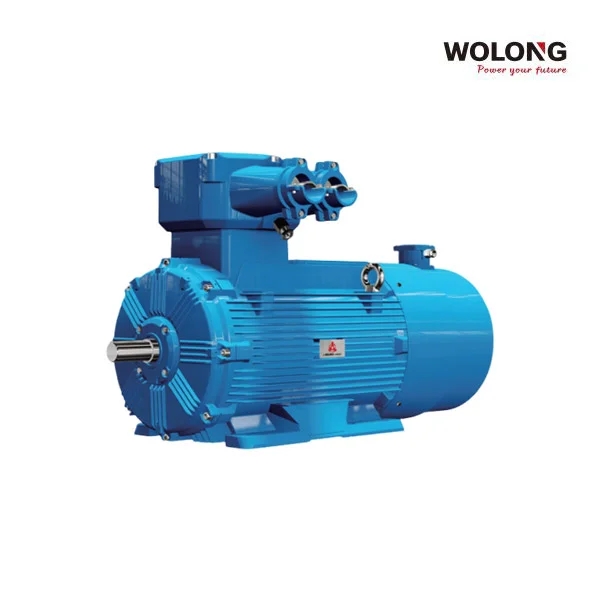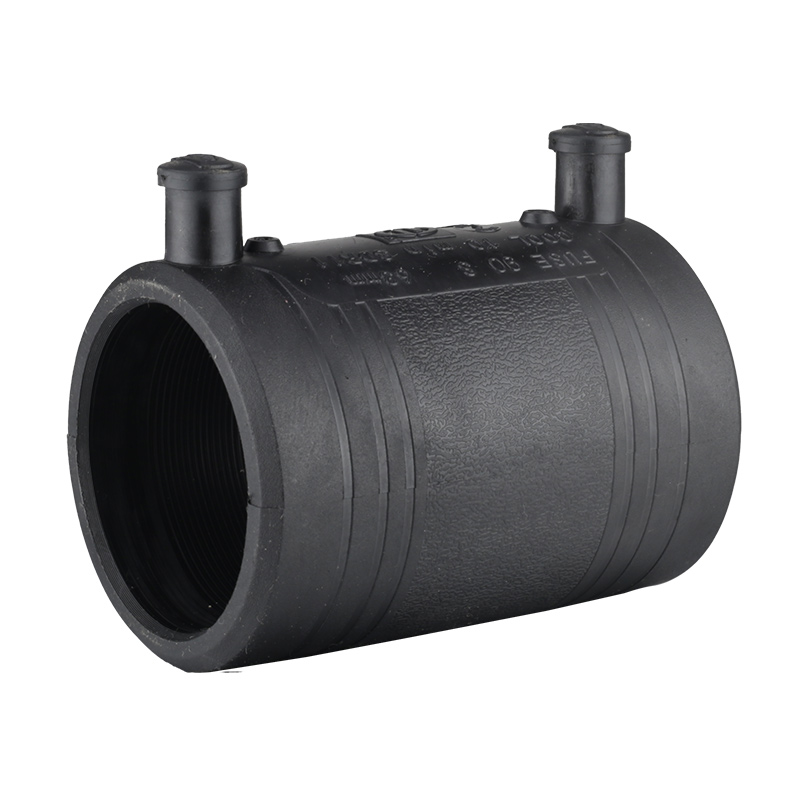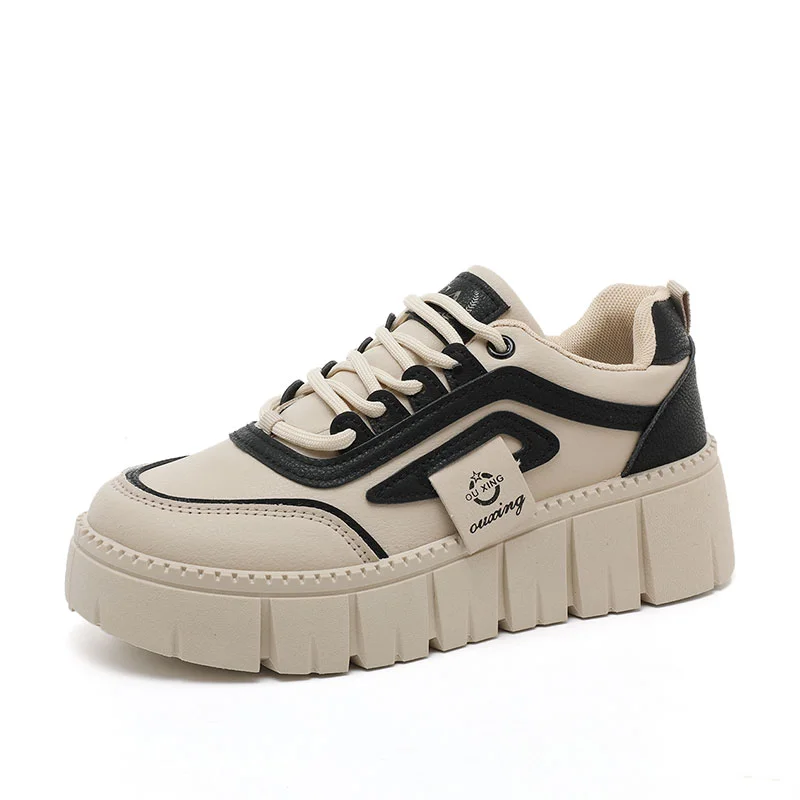The textile industry has undergone a remarkable transformation with the rise of synthetic fibers. Among them, polyester staple fiber (PSF) has become a cornerstone material for global textile and industrial applications. Its success lies not only in performance but also in the science that connects polymer chemistry to fiber structure.
As a well-known manufacturer and trader of polyester staple fiber, Makeit has established itself as a leader in polyester recycling and staple fiber manufacturing. With advanced production capabilities and a focus on sustainability, Makeit produces high-quality regenerated PET staple fiber that meets diverse technical specifications for customers worldwide.
1. The Polymer Chemistry of Polyester
At the molecular level, polyester is a polymer formed through the process of polycondensation, typically between purified terephthalic acid (PTA) and ethylene glycol (EG). The result is polyethylene terephthalate (PET), the backbone of modern polyester fibers.
Key chemical characteristics include:
-
Strong ester bonds that give polyester fibers high durability and resistance to stretching.
-
Hydrophobic properties that provide moisture resistance and quick-drying performance.
-
Thermal stability that allows processing at high temperatures without significant degradation.
This chemistry provides the foundation for the versatility of polyester staple fibers in textiles, automotive, nonwovens, and industrial applications.
2. From Molten Polymer to Staple Fiber
The journey from polymer chemistry to fiber structure involves several precise steps:
-
Polymer Melt Spinning – PET resin is melted and extruded through spinnerets to form continuous filaments.
-
Drawing Process – Fibers are stretched to align molecular chains, improving tensile strength and dimensional stability.
-
Crimping – Mechanical crimping adds bulk and elasticity, enhancing the spinnability and comfort of fibers.
-
Cutting into Staples – The continuous filaments are cut into specific lengths (typically 32mm to 110mm), creating staple fibers suitable for blending and spinning.
Each stage requires precise control to ensure uniformity, durability, and the performance characteristics expected in high-quality polyester staple fiber.
3. Structural Properties of Polyester Staple Fiber
The physical structure of polyester staple fiber defines its technical performance. Critical aspects include:
-
Fiber Denier and Length – Controlled to meet specific textile or industrial applications.
-
Crystallinity and Orientation – Higher crystallinity enhances strength and dimensional stability.
-
Surface Characteristics – Smooth or modified finishes can improve dye uptake, softness, or bonding in nonwovens.
These properties allow manufacturers to tailor polyester staple fiber for commodity uses such as apparel, or specialty applications in automotive interiors, filtration, and geotextiles.
4. The Role of Recycling in Polyester Staple Fiber Production
One of the most important innovations in modern fiber science is the shift toward recycling PET materials. At Makeit, post-consumer PET bottles and industrial waste are collected, cleaned, and repolymerized into high-quality regenerated staple fiber.
Benefits include:
-
Sustainability – Reducing plastic waste and carbon footprint.
-
Cost Efficiency – Competitive pricing without compromising performance.
-
Global Demand – Many customers now prefer regenerated PET as an eco-friendly alternative to virgin polyester.
This process reflects the growing demand for circular economy solutions in the textile and materials industry.
5. Makeit’s Expertise in Fiber Manufacturing
At Makeit, we combine polymer science, precision manufacturing, and customer-oriented service to deliver fibers that align with global industry standards.
-
Advanced Production Lines – Capable of producing a wide range of deniers, lengths, and crimps.
-
Customization – Meeting unique specifications for both commodity and specialty fibers.
-
Global Reach – Proudly made in China, our polyester staple fibers are trusted worldwide.
Whether customers require high-volume commodity fiber or specialized technical fibers, Makeit ensures consistent quality, durability, and cost savings.
Conclusion
The science of synthetic staple fiber of polyesters demonstrates how polymer chemistry and fiber structure are intricately linked. From the molecular bonds of PET to the engineered performance of finished fibers, every step is grounded in scientific precision.
With a strong foundation in polyester recycling and fiber engineering, Makeit continues to lead the way in producing high-quality regenerated PET staple fiber. Our commitment to innovation, sustainability, and customer satisfaction positions us as a trusted partner for industries worldwide.
www.makeitfiber.com
SuZhou Makeit Technology Co.,Ltd









+ There are no comments
Add yours